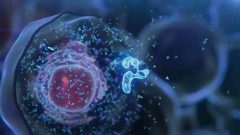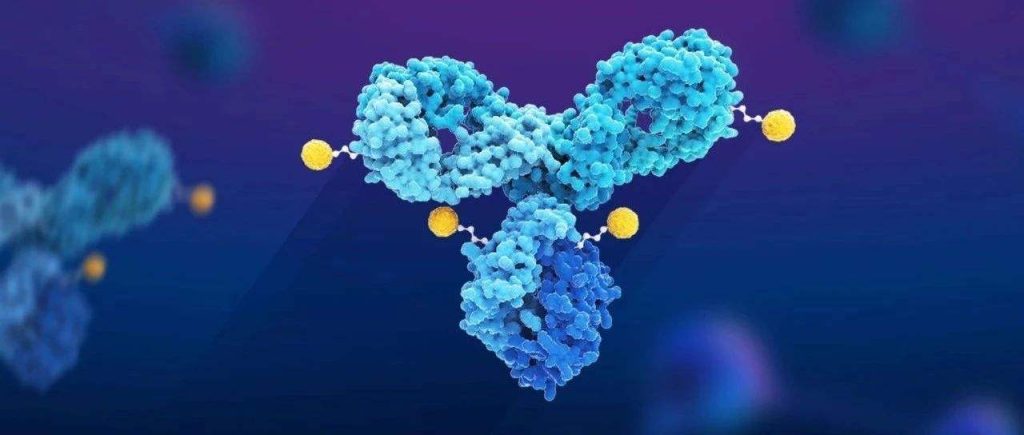
What is Fluorophore Conjugation?
Fluorophore conjugation is a technique used to label and detect biological molecules with fluorescence. Fluorophore conjugation is used in a wide range of applications, including

Fluorophore conjugation is a technique used to label and detect biological molecules with fluorescence. Fluorophore conjugation is used in a wide range of applications, including

PK studies, also known as pharmacokinetic studies, are studies that measure the absorption, distribution, metabolism, and elimination of a drug in the body. They are

Antibody-drug conjugates or ADCs are an important class of highly potent biopharmaceutical drugs designed as a targeted therapy for the treatment of people with cancer.

An ADC linker reagent is a chemical compound that is used to connect a monoclonal antibody to a cytotoxic drug in the production of an

Fluorescent dyes and ADC (antibody-drug conjugates) drugs are two different types of agents that are sometimes used in cancer treatment. Fluorescent dyes are compounds that

Chimeric Antigen Receptor T-cell (CAR-T) therapy is a type of cancer treatment that involves the genetic modification of a patient’s own T-cells, a type of

An antibody-drug conjugate (ADC) is a type of biopharmaceutical drug that is composed of an antibody and a cytotoxic drug. The purpose of an ADC

ADC, or antibody-drug conjugate, is a type of drug that combPrinciple ofines an antibody with a toxic drug in order to specifically target and kill

Antibody-drug conjugates (ADCs) are a class of targeted biological agents that couple target-specific monoclonal antibodies with highly lethal cytotoxic drugs through specific linkers, using monoclonal

The development of antibody-drug conjugate (ADC) therapies has progressed rapidly in recent years, with 15 products approved worldwide. It is estimated that the global market

In recent years, chimeric antigen receptor (CAR) T-cell therapy for hematological malignancies has become a major breakthrough in cell therapy. To date, the U.S. Food

Antibody-drug conjugates (ADCs) have achieved remarkable efficacy in cancer treatment and have attracted worldwide attention. Although ADCs pose significant challenges to researchers, especially in identifying

